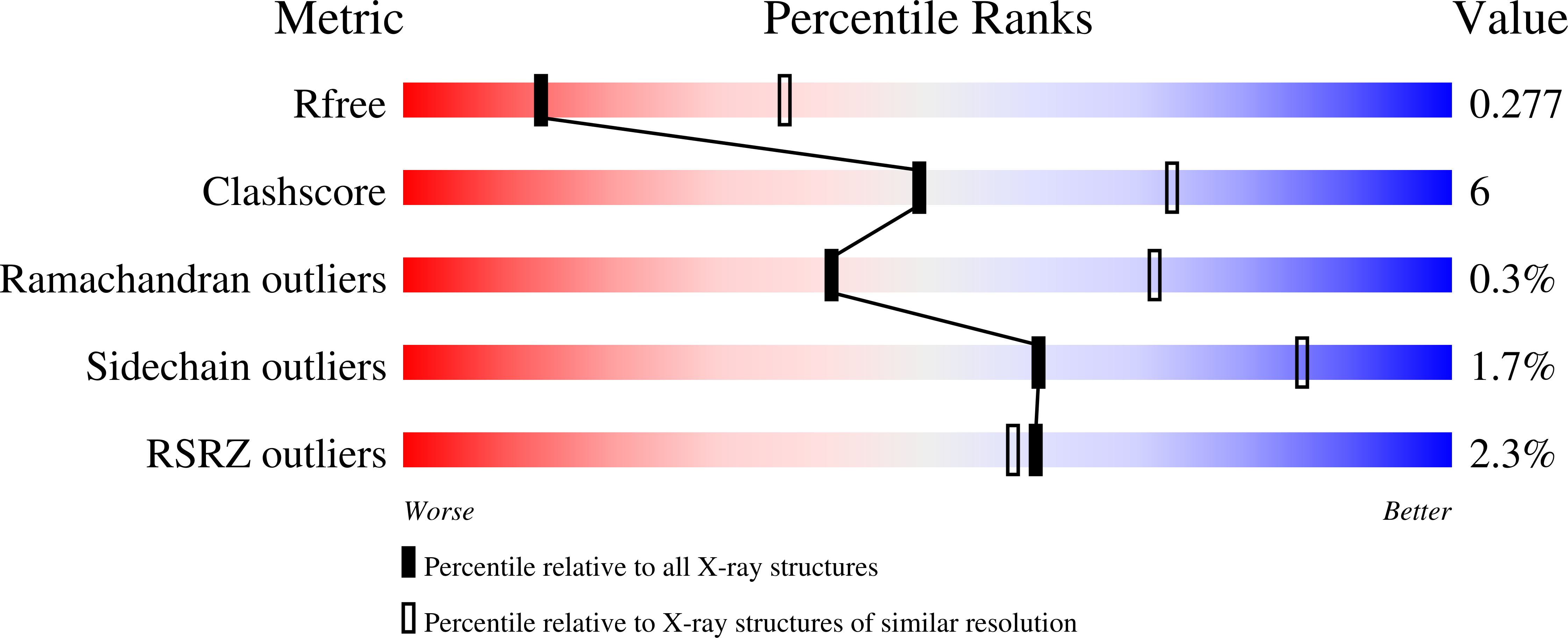
Deposition Date
2013-12-20
Release Date
2014-06-04
Last Version Date
2023-11-08
Entry Detail
PDB ID:
4O5T
Keywords:
Title:
Crystal structure of Diels-Alderase CE20 in complex with a product analog
Biological Source:
Source Organism:
Loligo vulgaris (Taxon ID: 6622)
Host Organism:
Method Details:
Experimental Method:
Resolution:
2.90 Å
R-Value Free:
0.28
R-Value Work:
0.22
R-Value Observed:
0.23
Space Group:
C 2 2 21


